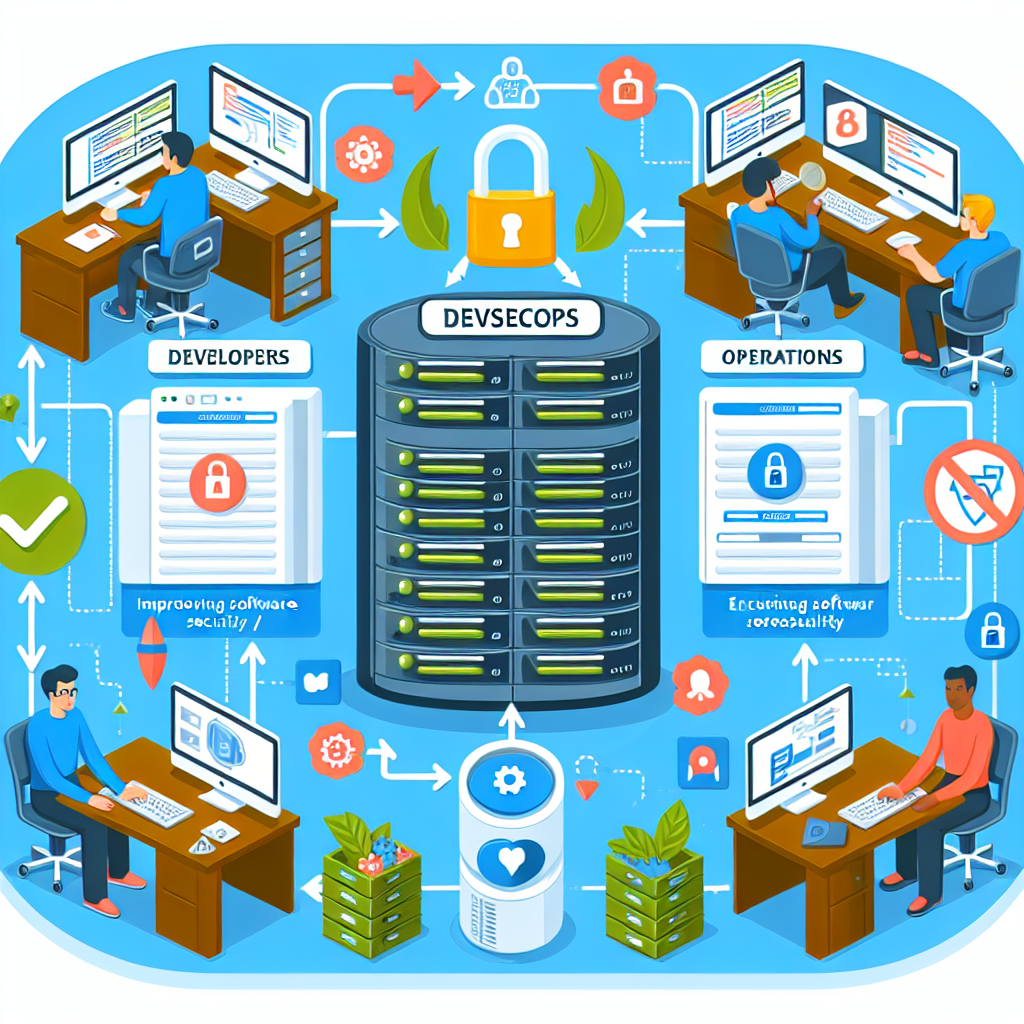Understanding DevSecOps
DevSecOps is a philosophy that integrates security practices within the DevOps process. It aims to embed security into every stage of the software development lifecycle, ensuring that security considerations are not an afterthought but a fundamental part of the development process.
The Importance of Security in Software Development
As software applications become increasingly complex and integral to business operations, the potential for security breaches rises significantly. Traditional security practices often fall short because they are implemented too late in the development cycle. This is where DevSecOps comes into play.
Key Benefits of DevSecOps
- Early Detection of Vulnerabilities: By integrating security from the start, vulnerabilities can be identified and addressed early, reducing the cost and impact of security issues.
- Automated Security Testing: DevSecOps promotes the use of automated tools for security testing, allowing teams to test code continuously and in real-time.
- Enhanced Collaboration: DevSecOps fosters collaboration between development, security, and operations teams, breaking down silos and ensuring everyone is on the same page regarding security practices.
- Compliance Automation: By embedding compliance checks into the CI/CD pipeline, organizations can ensure that their software meets regulatory requirements without disrupting the development process.
How DevSecOps Works
The DevSecOps process can be broken down into several key stages:
1. Integrating Security into Planning
During the planning phase, security requirements should be defined alongside functional requirements, ensuring that security is a key consideration from the beginning.
2. Continuous Integration and Continuous Deployment (CI/CD)
As code is continuously integrated and deployed, security checks should be automatically enforced. This includes static application security testing (SAST) and dynamic application security testing (DAST).
3. Continuous Monitoring
Monitoring of applications in real-time helps detect and respond to security incidents promptly. Tools can be employed to monitor for anomalies and potential threats.
Challenges in Implementing DevSecOps
While the benefits of DevSecOps are clear, implementing it can come with challenges:
- Cultural Shift: Organizations may face resistance to change from teams accustomed to traditional practices.
- Skill Gaps: Ensuring that all team members have the necessary security knowledge can be difficult.
- Tool Integration: Integrating various security tools into existing workflows can be complex.
Conclusion
DevSecOps represents a significant leap forward in improving software security. By embedding security practices throughout the development process, organizations can reduce risks, enhance collaboration, and ultimately deliver more secure software. Embracing this approach not only benefits the organization but also fosters trust among users and stakeholders.

